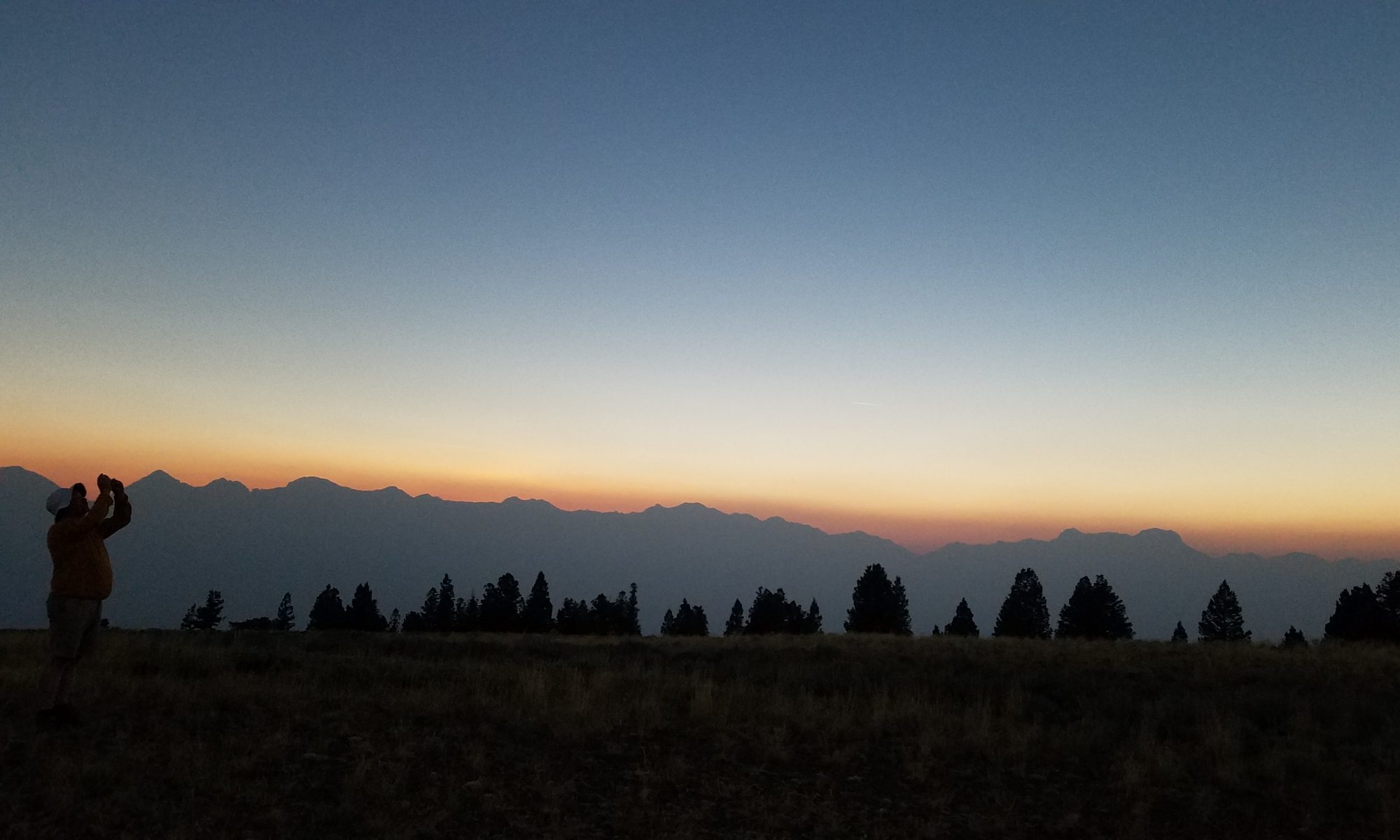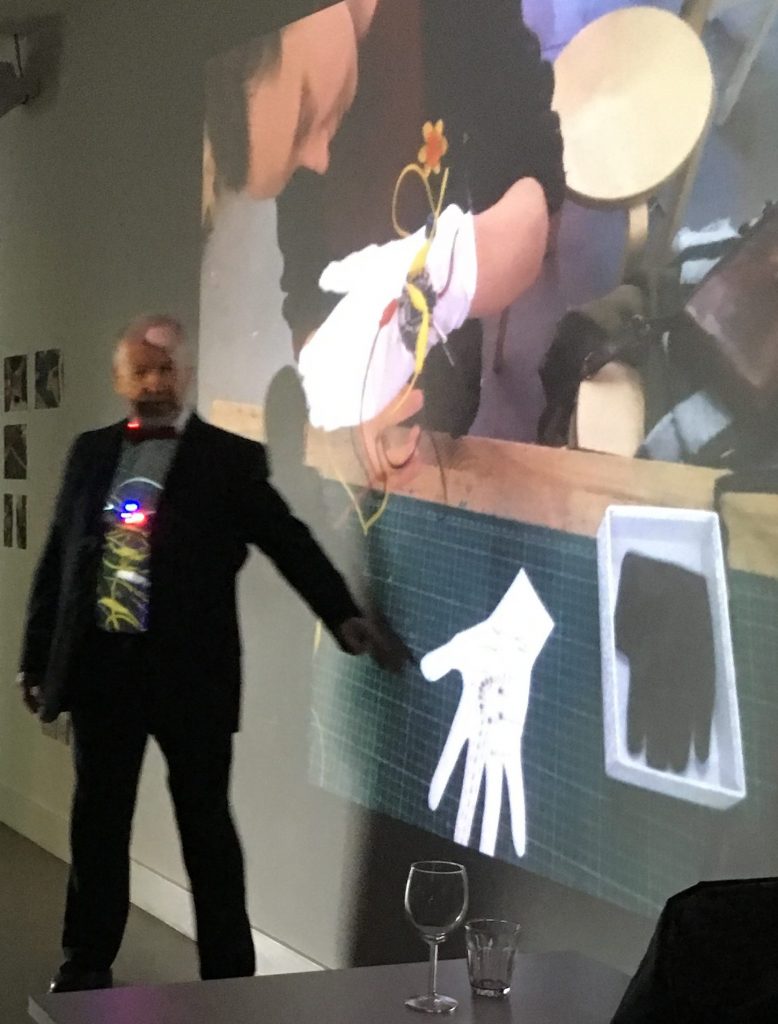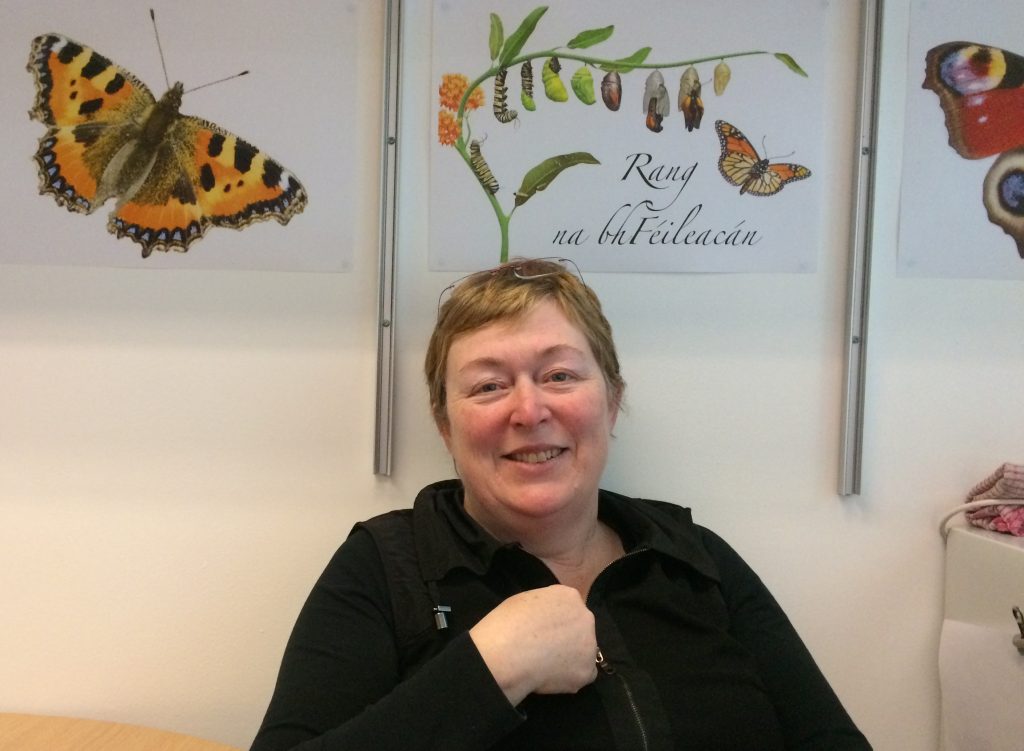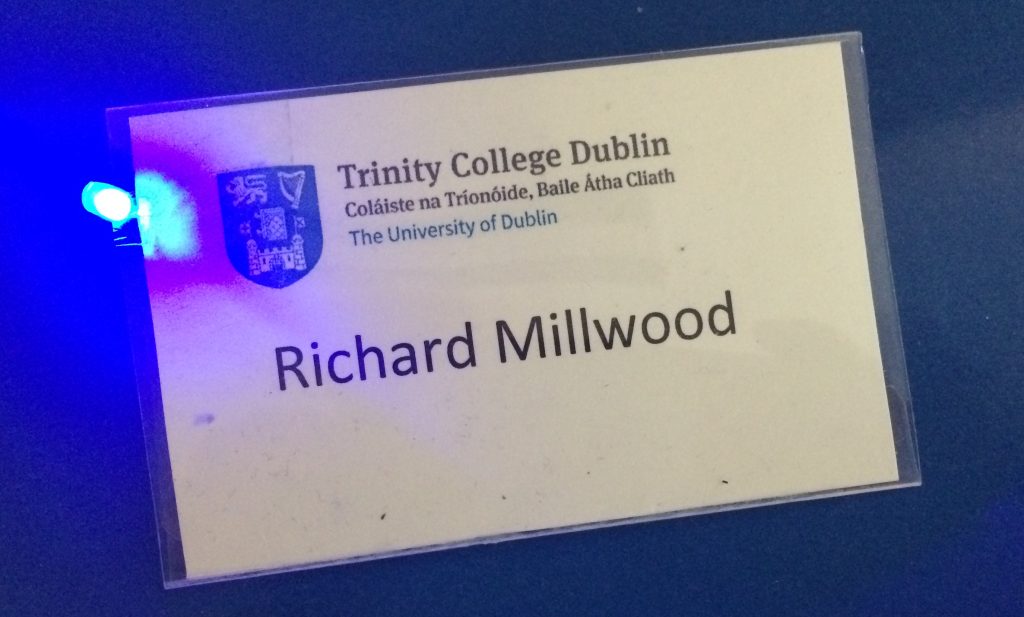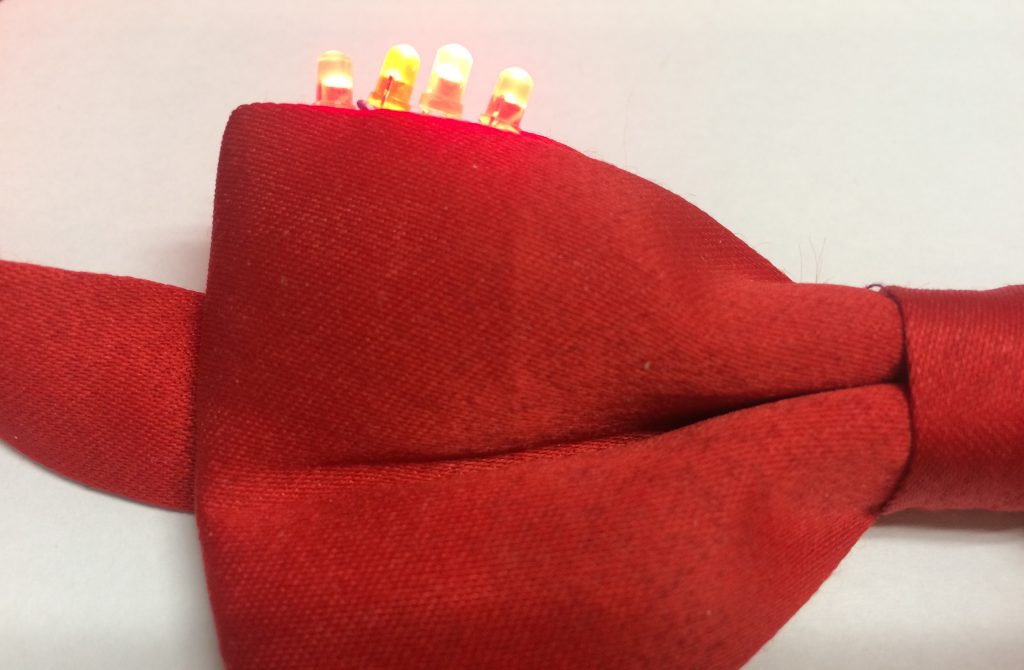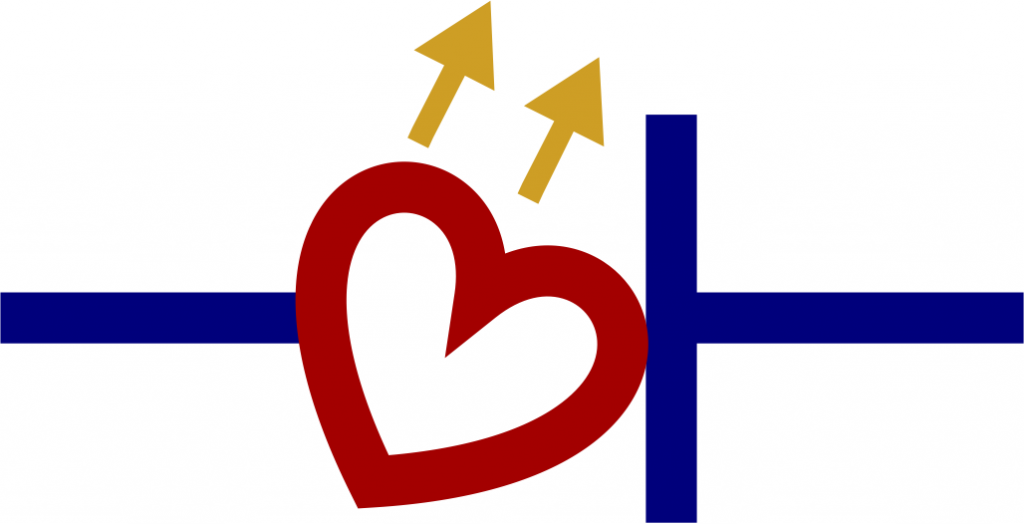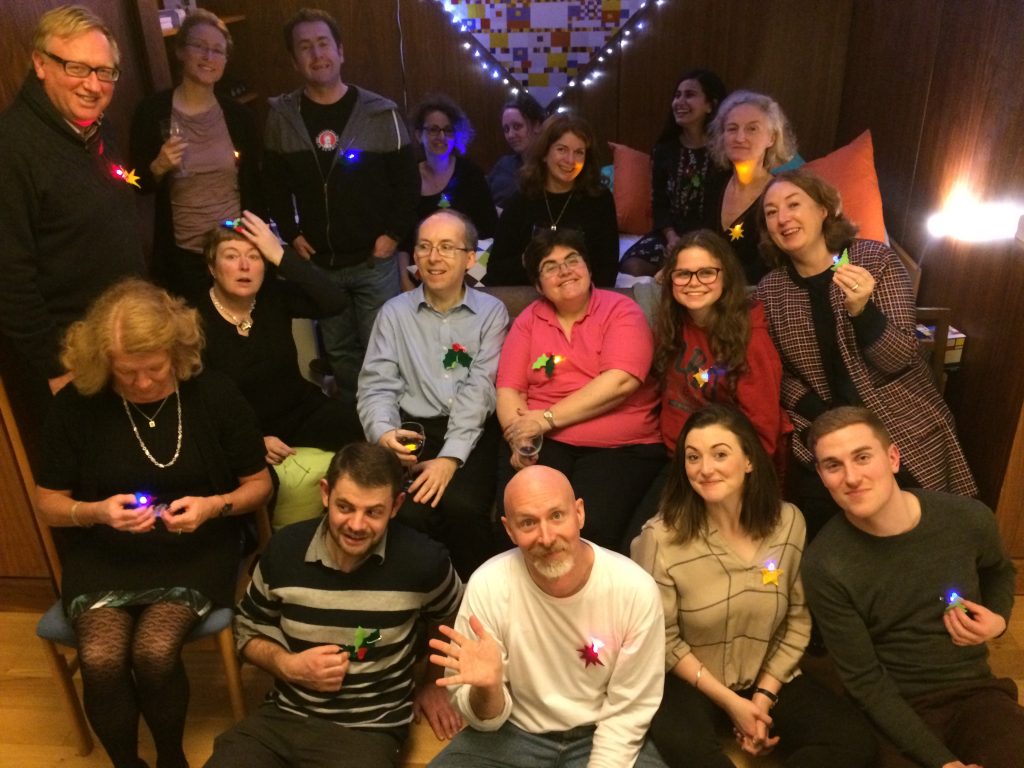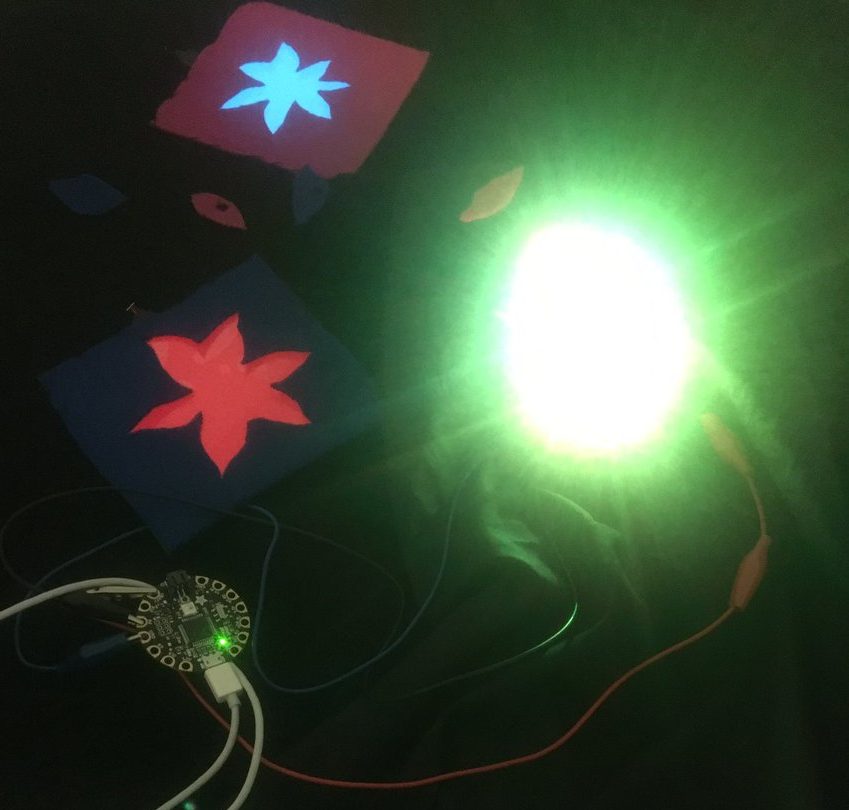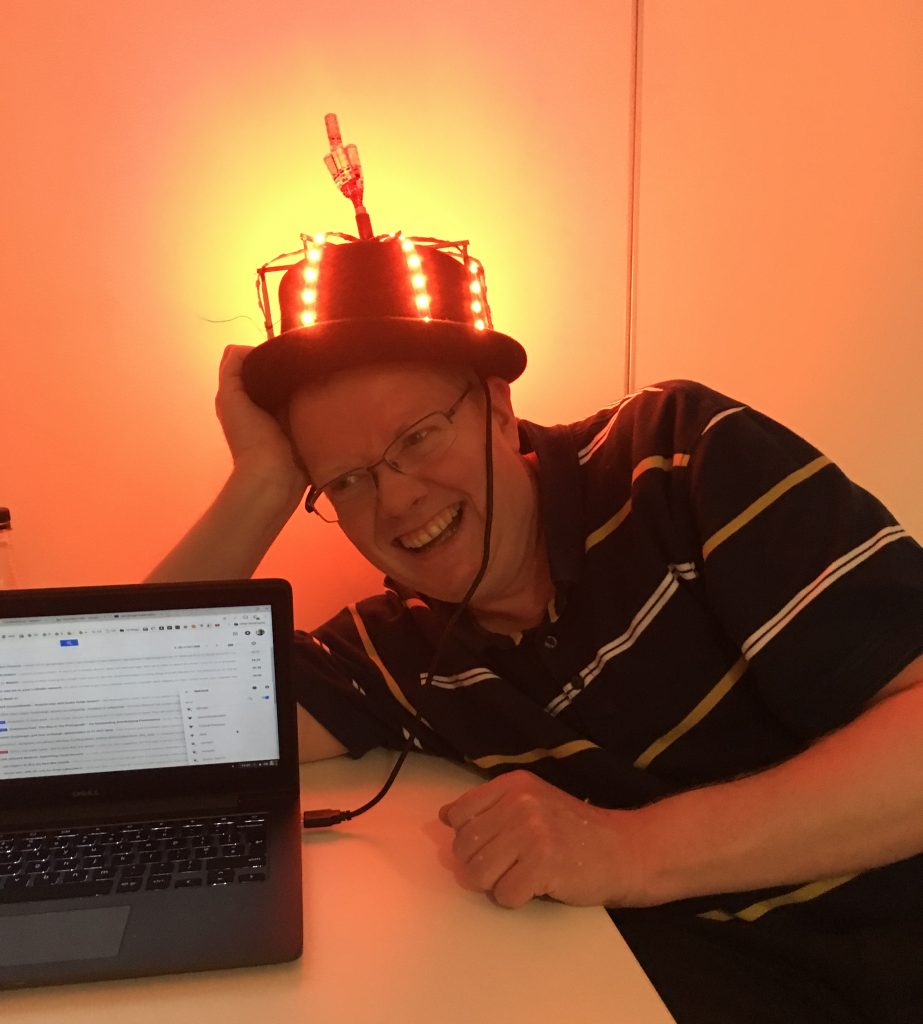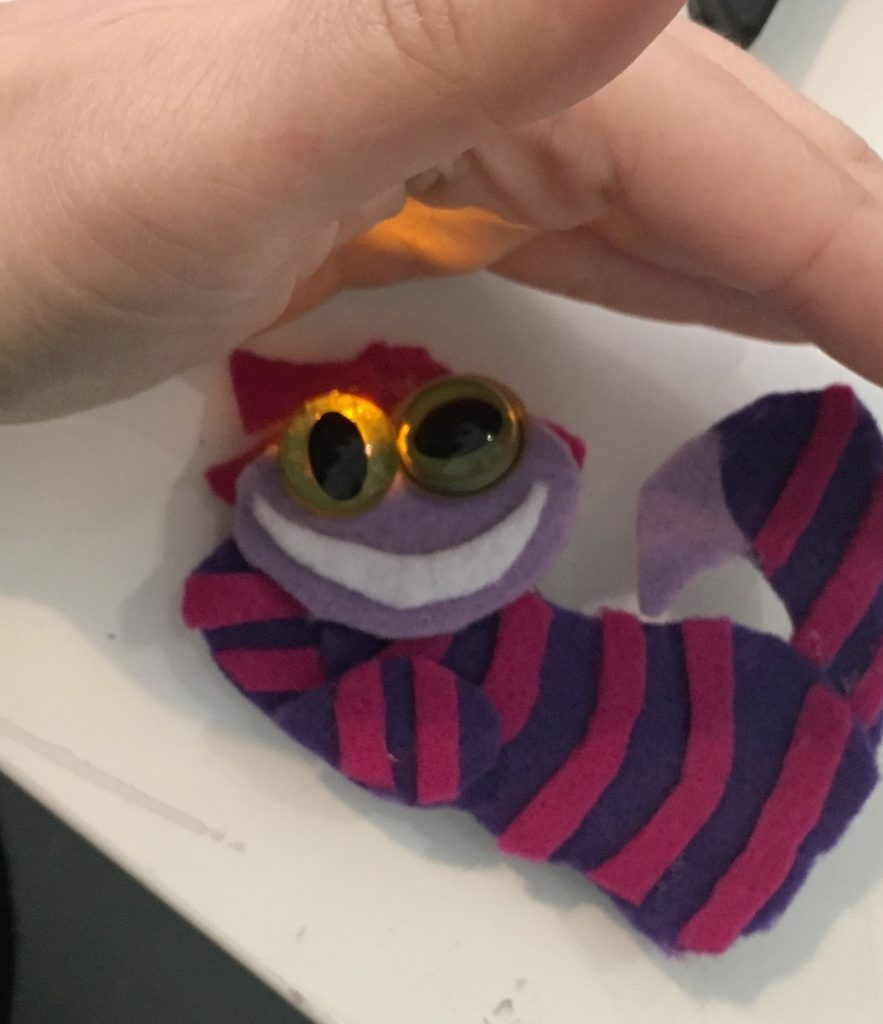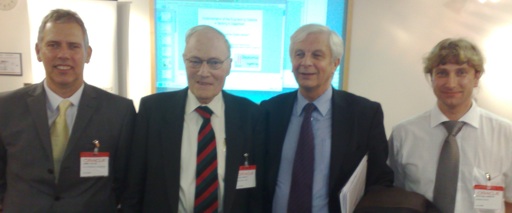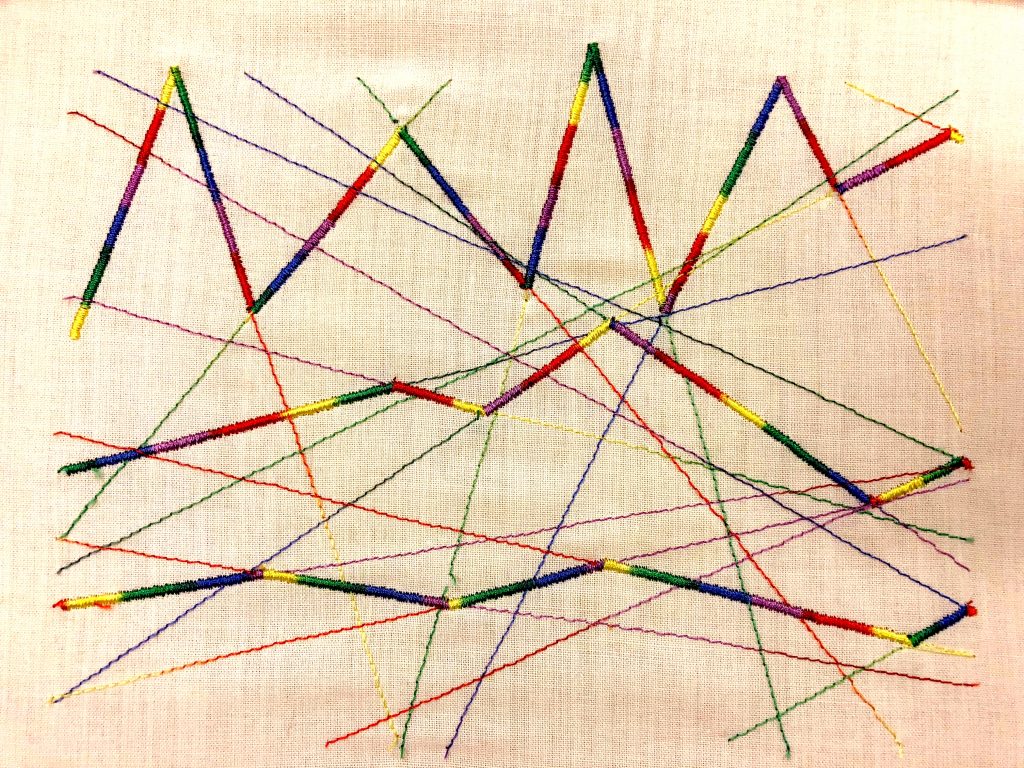
My first introduction to programming an embroidery machine came at the Scratch 2015 conference in Amsterdam, when Andrea Mayr-Stalder from Vienna presented the Turtlestitch programming environment based on Snap. I didn’t take that much notice, however lovely the designs and the possibilities were.
Then I went to Seymour Papert’s commemoration in Boston in January 2016 and met Susan Ettenheim from New York. Susan had joined forces with Andrea to explore Turtlestitch and was on a learning journey with Susan’s student Jennifer Lin. Jennifer was struggling with a problem – how to fill in space with an embroidery machine using Turtlestitch. The task she was attempting was to fill in a petal shape. Artemis Papert had made a good solution, which tackled the problem using variables and trigonometry. In this program, the petals have become leafs:

Susan told me that Jennifer struggled at first to understand such sophisticated mathematics. Never one to ignore a challenge, I designed an alternate solution which stuck to ‘body syntonic’ principles – essentially, exploiting a learner’s prior knowledge of moving their own body to make and debug a computer program. My solution involved three ‘sprites’ – one to run around one side of the petal, one to run round the other and finally another to run between them, filling in the space. One can imagine children actually acting this out for real, collaboratively, as a precursor to programming a solution in code, in the same way that turtle geometry allows them to solve geometric problems by imagining they themselves are moving and turning. [UPDATE March 2023 – here is a video we made in 2019 to illustrate!] It is salutary to note that my solution involves synchronising concurrent processes – a topic I would have considered above my pay grade, let alone appropriate for learners as young as 5! (Later I found out that ScratchJr, designed for younger learners, also included this kind of notional machine!).
After this, I was hooked, and at Scratch 2017 in Bordeaux I met Andrea, Susan and Jennifer together with Michael Aschaeur, who had programmed Turtlestitch, and had the opportunity to talk about my ideas and learn how they planned to go forward. As a result, I resolved to buy an embroidery machine!
I purchased a Brother Innov-is F440E embroidery machine in September 2017 from SOSBrother in Bray, I resolved to create an opportunity to play with colleagues and friends using Turtlestich to explore programming and embroidery, and thus was born the Turtlestitching workshop held today, Thursday 19th October as part of EU Code Week.
The introduction that Susan from SOSBrother gave me in to the machine’s operation was invaluable and I tried to pass on all I could remember to my collaborators.
Mags created designs seeded by our date of birth:
https://twitter.com/twitter/statuses/921091656694235137
Mary Jo followed the brilliant Turtlestitch cards to create some lovely interlocking circles:

Jake was like a duck to water, his work here modelled by Mags:
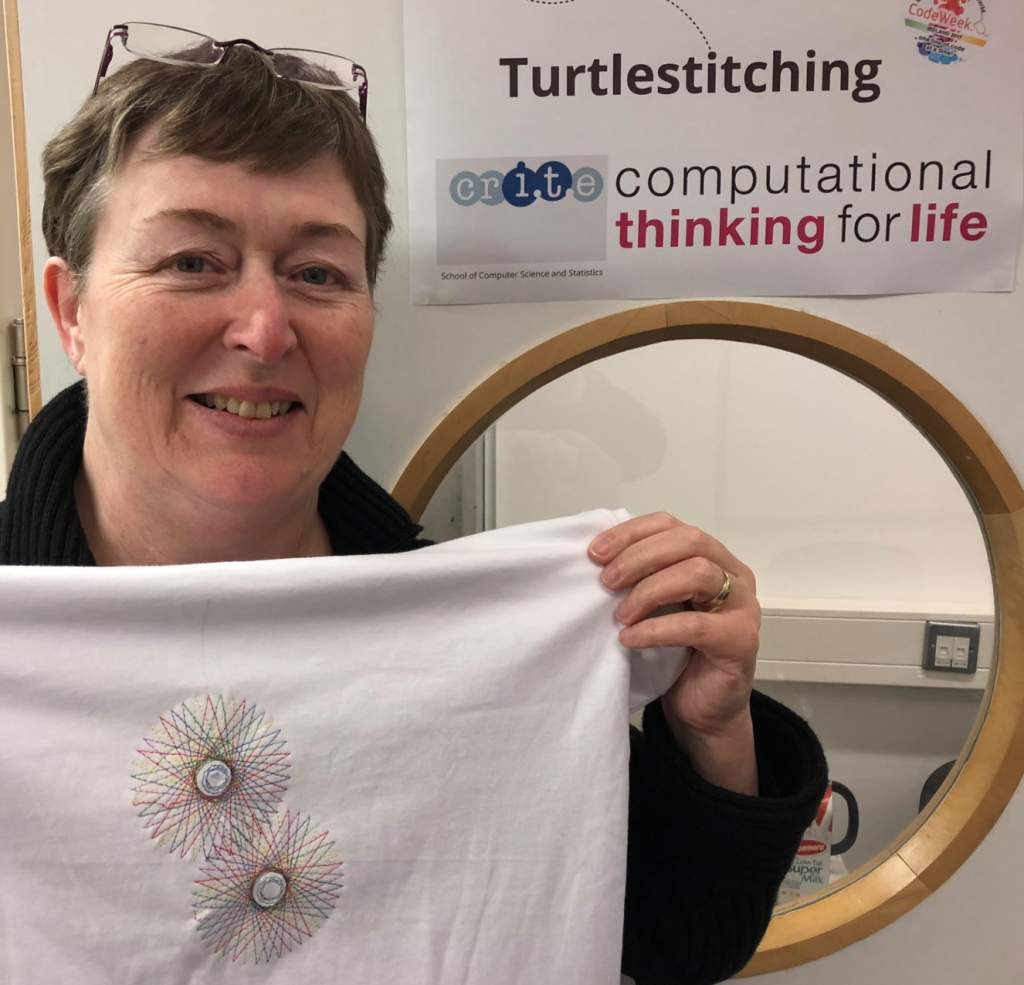
John’s design started black and white, but became really beautiful when using the multi-coloured thread:
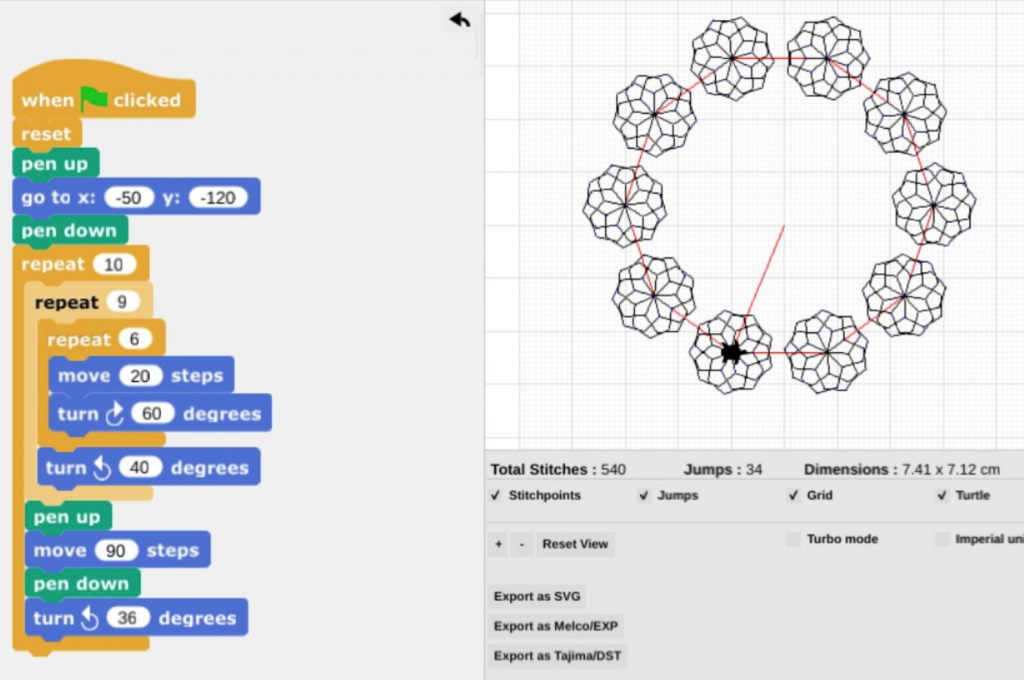
Glenn inspected, analysed and modified an existing pattern to fit the Brother’s 18 by 13 cm space:
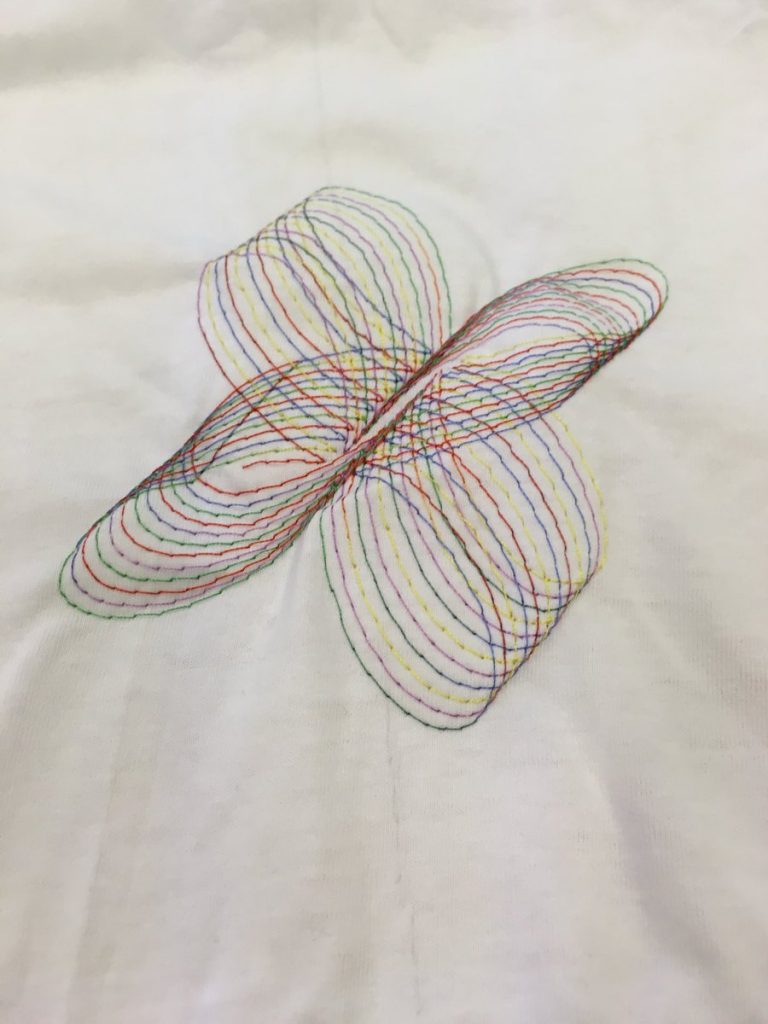
And after they all went away, I made my own Automated Landscape (the illustration at the start of this blog) into an embroidery, using the wonderful multi-coloured thread.
The workshop taught us several things:
- “move 10 steps” produced a 2mm stitch, which was a ‘good’ size stitch;
- going over patterns twice or even three times could make stronger designs;
- multicoloured thread could make spectacular embroideries;
- more time was spent discussing computational issues than embroidery issues;
- it was hard fun!
I am absolutely delighted to announce that Trinity College Dublin’s Visual Arts and Performance scheme have agreed to fund a course and exhibition based on this, following a successful Wearable Electronics Workshop last year – look out for the advert in the New Year!
